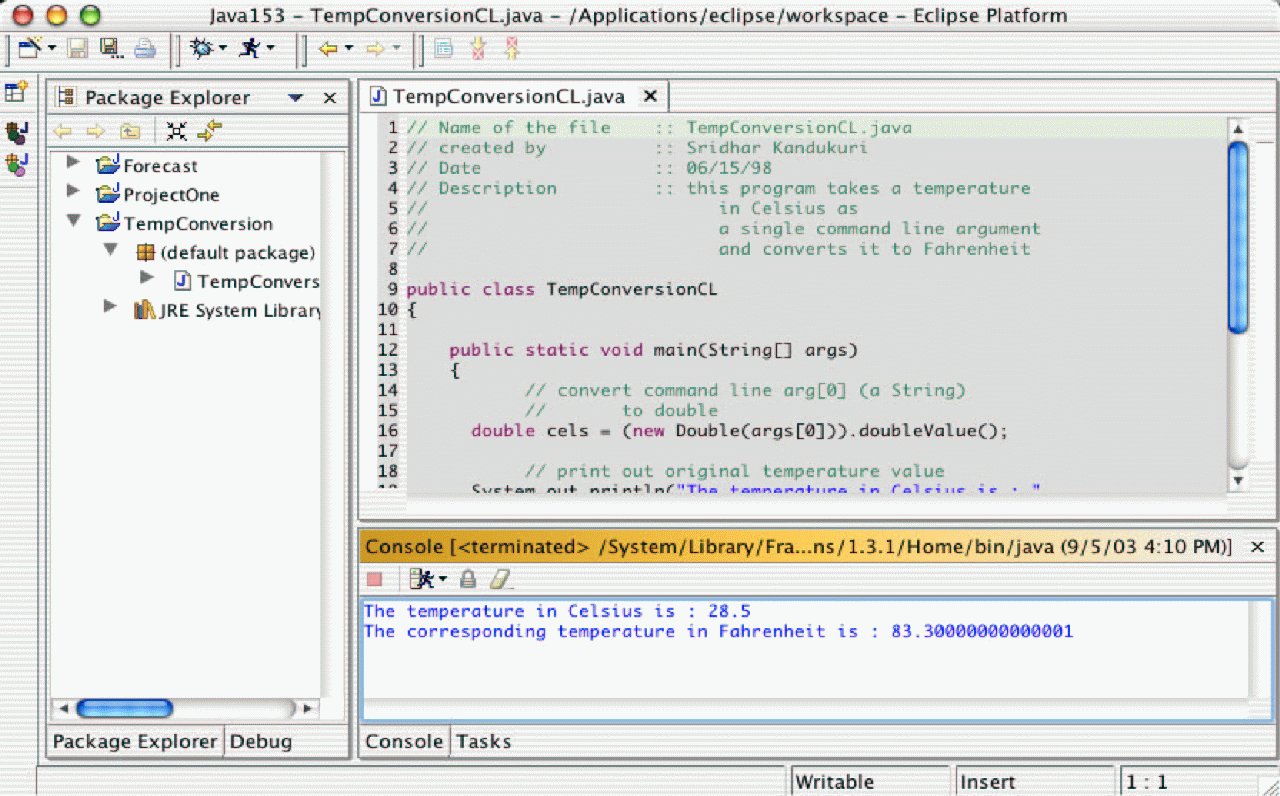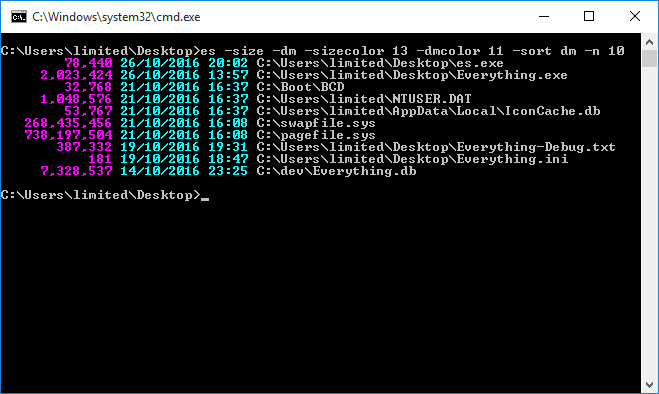
If the output, such as Elasticsearch or Logstash, is not reachable, Filebeat keeps track of the last lines sent and will continue reading the files as soon as the output becomes available again. The state is used to remember the last offset a harvester was reading from and to ensure all log lines are sent. How does Filebeat keep the state of files? editįilebeat keeps the state of each file and frequently flushes the state to disk in the registry file. New lines are only picked up if the size of the file has changed since the harvester was closed. The log input checks each file to see whether a harvester needs to be started, whether one is already running, or whether the file can be ignored (see ignore_older). Each input type can be defined multiple times. By default, Filebeat keeps the file open until close_inactive is reached.Ĭlosing a harvester has the following consequences:įilebeat currently supports several input types. This has the side effect that the space on your disk is reserved until the harvester closes. If a file is removed or renamed while it’s being harvested, Filebeat continues to read the file. The harvester is responsible for opening and closing the file, which means that the file descriptor remains open while the harvester is running. The harvester reads each file, line by line, and sends the content to the output.

What is a harvester? editĪ harvester is responsible for reading the content of a single file.

These components work together to tail files and send event data to the output that you specify.

Understanding these concepts will help you make informed decisions about configuring Filebeat for specific use cases.įilebeat consists of two main components: inputs and harvesters. In this topic, you learn about the key building blocks of Filebeat and how they work together.


 0 kommentar(er)
0 kommentar(er)
